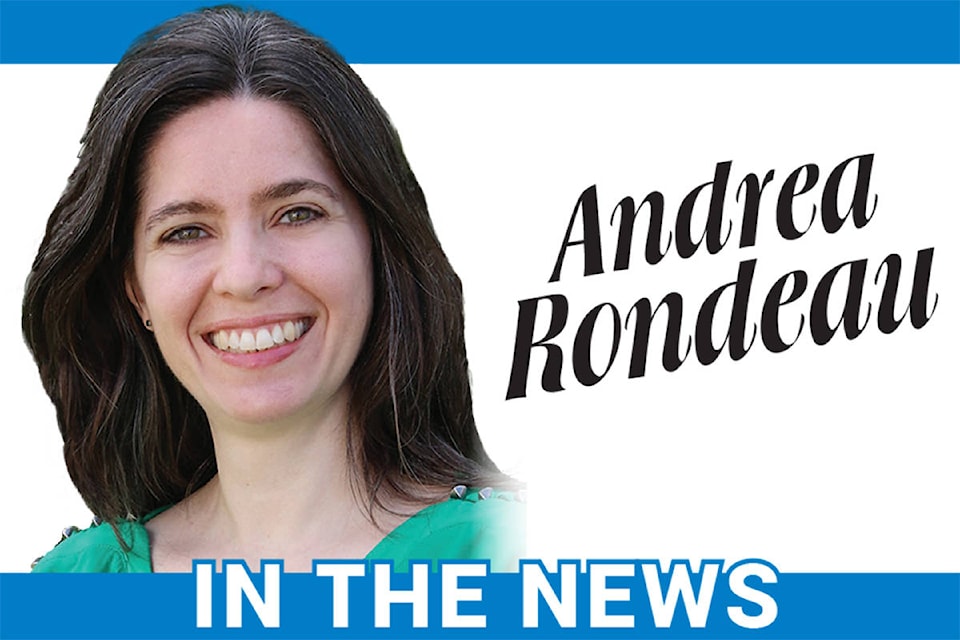Everyone knows the phrase “a picture is worth a thousand words”. In journalism this is something we take to heart and use to be able to both show and tell our readers about the things happening around them.
Wikipedia tells us that it was Henrik Ibsen that first coined something like this phrase, though he spoke of deeds, not pictures. The sentiment is the same, and I can see how his original phrase became the idiom we now use. Both speak of distilling a complex idea or situation and encasulating it in a single moment in time and place that conveys the entirety of the idea to the viewer, with an ease mere words could not — at least, not in brief.
For example, in our Wednesday special agriculture and food edition one of our pieces was a photo essay by Sarah Simpson that described through visual images the harvest process at Saison Market Vineyard. The stunning photos captured not just individual actions, but a whole picture of an event, complete with mood and feeling.
This ability to reach out to people visually is what makes photographs such an important part of the newspaper.
But capturing what is going on around us isn’t always controversy-free.
News photos aren’t always pretty or pleasant, the way a beautiful sunrise over a vineyard is. They can often show the gritty, messy side of life, sometimes even capturing a moment of tragedy.
Some people would like us not to show photos of car accidents, or fires, or people who are on trial for a crime. They will tell me that we are heartless, sick, and cruel. Indeed, I acknowledge that sometimes an image we use may be difficult for someone. But we can’t ignore the difficult things that happen in our community.
There are lines we draw, of course. We will not show you a dead body. But we will photograph the cars at an accident scene, or the fire raging out of control. And just so people know, if we are in a public place, we do not need permission to take photos. Reporters will do so. It is part of their job. I’ve had people complain about this on the most innocuous of occasions, while I’ve also had phone calls from people who want copies of the photos we took of their car crash.
As a news organization we cannot shy away from showing the difficult images as well, just as we also write about unpleasant subjects. Life is beautiful and heartbreaking and angering and sublime. To ignore any of the above would be to ignore vital pieces of our community life.
Journalism is a first draft of history. To present only a beautiful, sanitized version would be a disservice.
